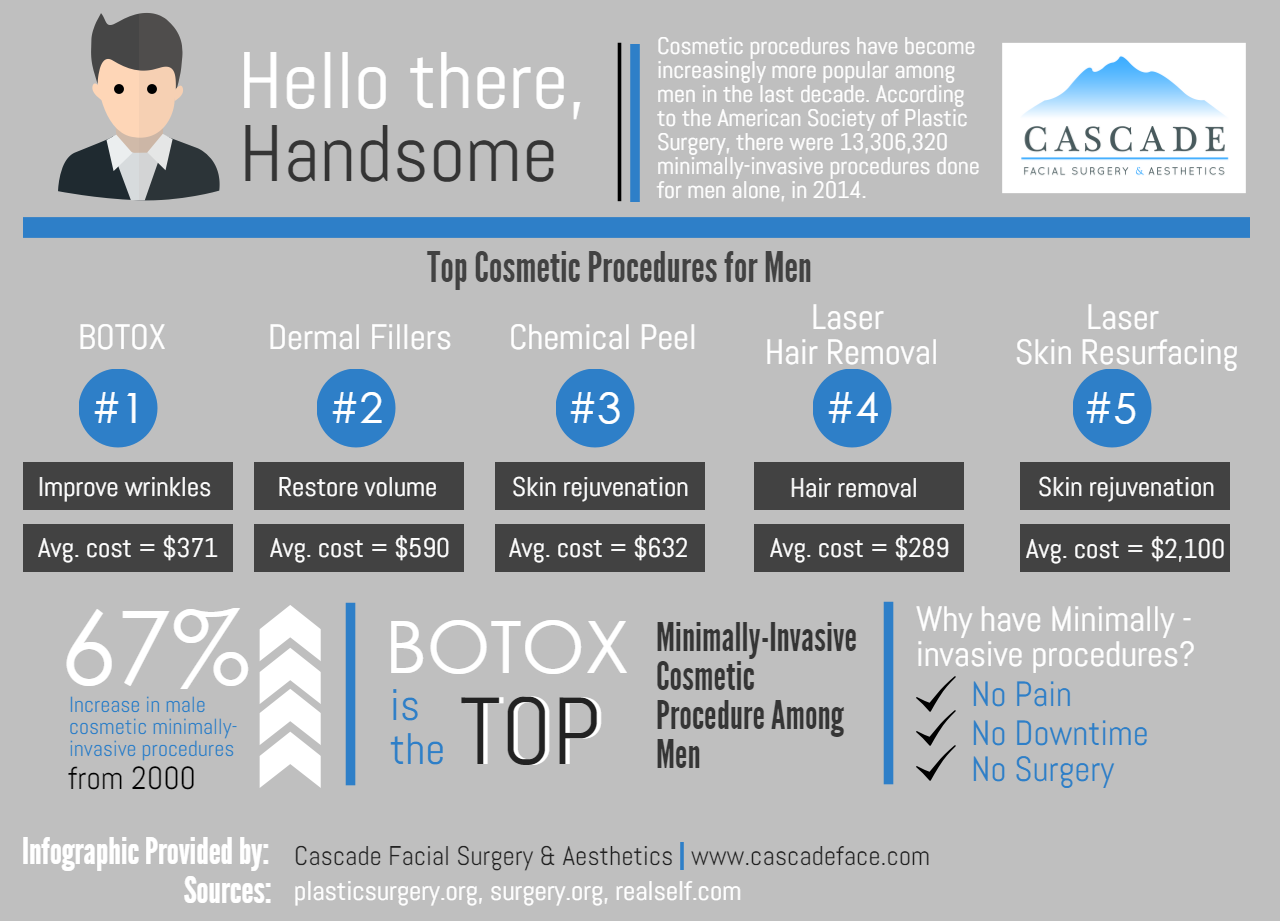Common Mistakes In Acne Treatment
Common Mistakes In Acne Treatment
Blog Article
Acne Treatment - What Are AHAs in Acne Treatment?
AHAs are an essential ingredient for unclogging pore obstructions and lightening up acne-prone skin. They work by breaking down dead skin cell accumulation to promote more recent, fresher cells, and protecting against future blockages.
Developing topical AHAs demands meticulous interest to different vital factors that considerably affect their efficiency and tolerability. Keeping the optimal pH range, together with automobile option and focus, intensifies their exfoliative attributes while reducing prospective negative responses.
Glycolic acid
Glycolic acid is recognized for its light yet reliable exfoliating residential or commercial properties, which promote skin's all-natural dropping and loosen up the "adhesive" that holds dead cells externally of the skin. This aids unblock pores and decrease the appearance of fine lines and wrinkles, as well as enhance general skin structure and tone.
Remarkably, topical glycolic acid has actually likewise been revealed to boost the manufacturing of collagen, which is important in keeping skin's suppleness and flexibility. It is important to keep in mind, nonetheless, that because glycolic acid can stimulate the skin's level of sensitivity to sunshine, it is essential to wear sunscreen when using any products containing this ingredient.
Dermatologists pay careful attention to the formulation of items containing AHAs in order to maximize their efficiency and tolerability. Creating AHAs with the ideal lorry, in addition to pH and focus factors to consider, enables ideal skin infiltration while lessening possible negative responses. This is specifically critical for people with delicate skin, given that AHAs are known to be gently bothersome.
Lactic acid
Lactic acid is found in many non-prescription skin treatment items and some more powerful specialist peels and therapies. It has the most affordable molecular weight of all the AHAs and has the ability to pass through much deeper right into the skin, where it is a lot more efficient at unclogging pores and exfoliating.
Like glycolic acid, it also stimulates collagen synthesis, which aids diminish great lines and creases and improve skin appearance. In addition, it has moisture-retention residential properties, that makes it better for drier skin kinds than other AHAs.
The comprehensive body of medical data confirming the efficiency of topical AHAs sustains their utility in a wide variety of dermatological ailments and visual issues. These include intricate skin restoration treatments, attenuation of great lines and creases, lightening botox fillers near me of hyperpigmentation, restorative intervention for actinic keratosis, and acne management [2] Maximizing the solution of AHAs by stabilizing pH, concentration, and vehicle selection further boosts their restorative capacity. These careful factors to consider make it possible for skin specialists to provide risk-free and efficient treatments that provide superior professional outcomes.
Mandelic acid
Mandelic acid, originated from almonds, is another participant of the AHA household and is a popular active ingredient in items that aid deal with acne. Its larger molecular dimension implies it penetrates the skin extra gradually and gently, which can reduce the possibility for inflammation. It's also much less likely to cause soreness and other skin level of sensitivity problems, making it suitable for delicate skin types.
Mandelic Acid is believed to help reduce swelling and increase hydration. It works by loosening up the bonds between dead skin cells, permitting them to drop and reveal fresher-looking skin. It likewise helps reduce the look of enlarged pores.
Developing topical products with AHAs calls for an accurate equilibrium of crucial factors that dramatically impact their efficacy and tolerability. Particularly, the pH of an AHA formulation has actually been shown to play an essential function in its capacity to promote peeling and improve complexion and structure. Attaining this ideal focus is a difficult objective and needs thorough interest to the numerous elements that influence the formula procedure.
Citric acid
Citric acid, found in citrus fruits such as oranges and lemons, is a light AHA. It's less bothersome than glycolic or lactic acid, making it more suitable for delicate skin. It also has astringent residential properties, helping to dry excess oil.
Like various other AHAs, citric acid can be utilized in chemical peels and day-to-day active/maintenance treatments to scrub the skin and promote cell turn over. It can help reduce the appearance of dark places and hyperpigmentation, in addition to great facial lines.
It can likewise raise the synthesis of glycosaminoglycans, which play an essential duty in strengthening the skin barrier feature. This helps to prevent trans-epidermal water loss, and keep optimal hydration degrees in the skin [35]
AHAs can be incorporated with relaxing components such as ceramides or hyaluronic acid to boost their tolerability. They can be integrated right into day-to-day active/maintenance skincare with lotion or serum formulations. This permits specialists to customize their AHA treatments based upon patient requirements and choices, with the adaptability of choosing from different therapy strengths or concentrations.